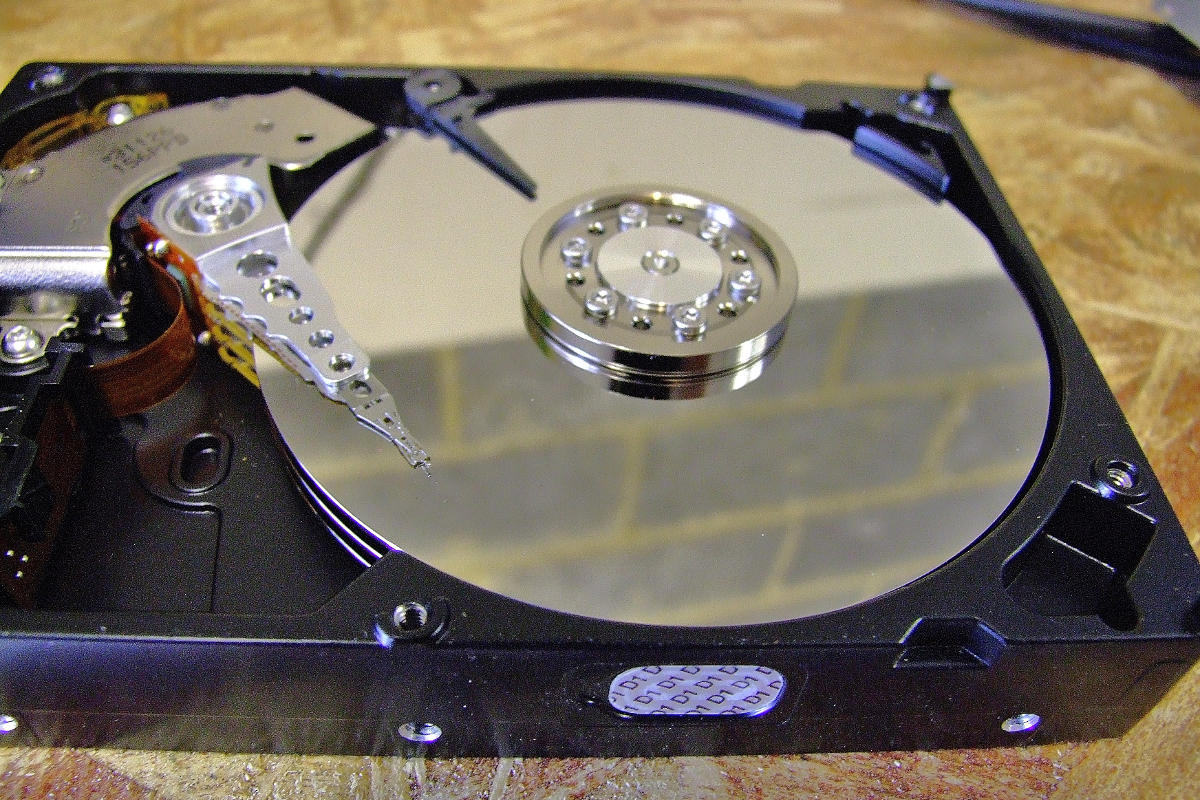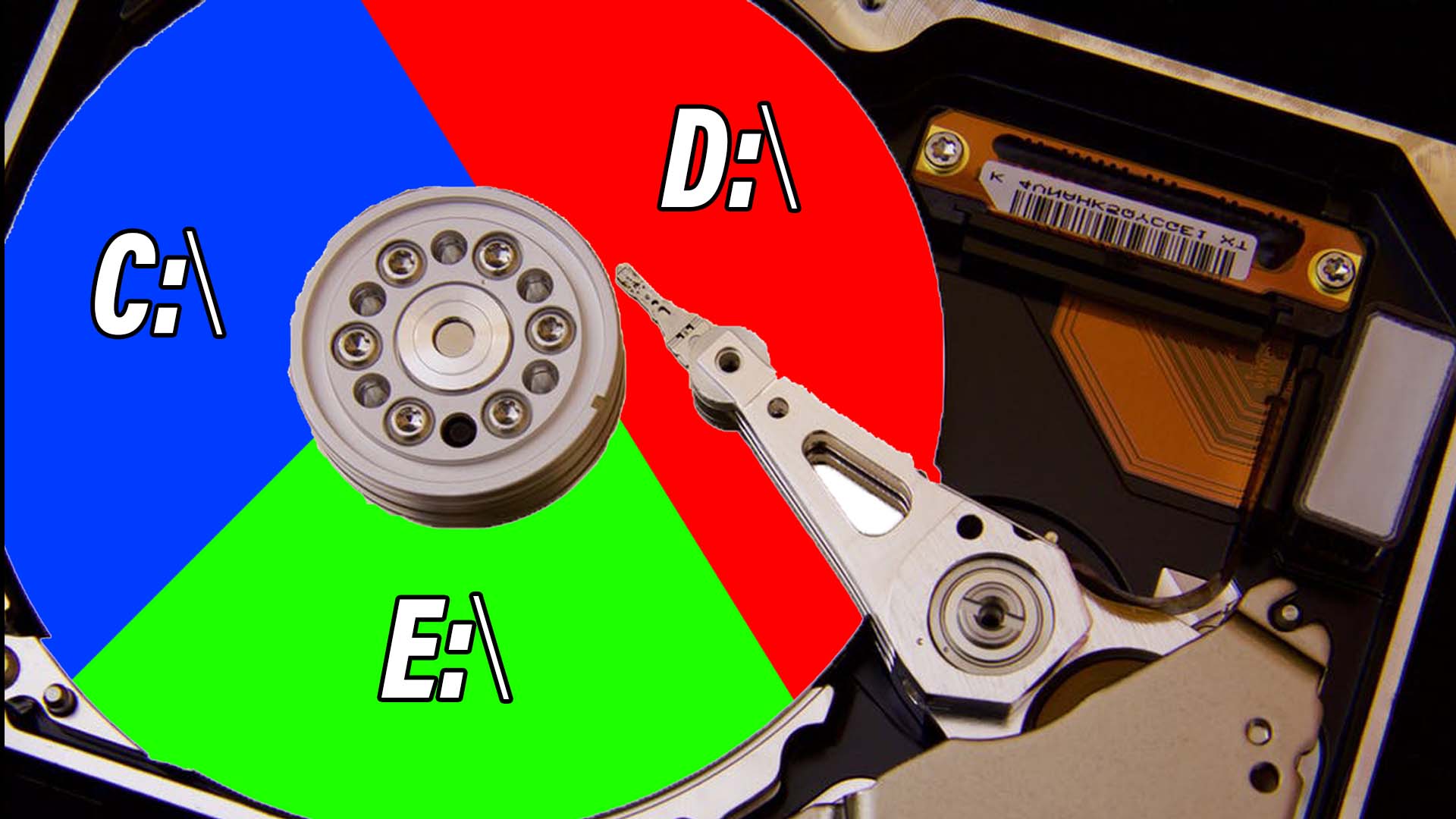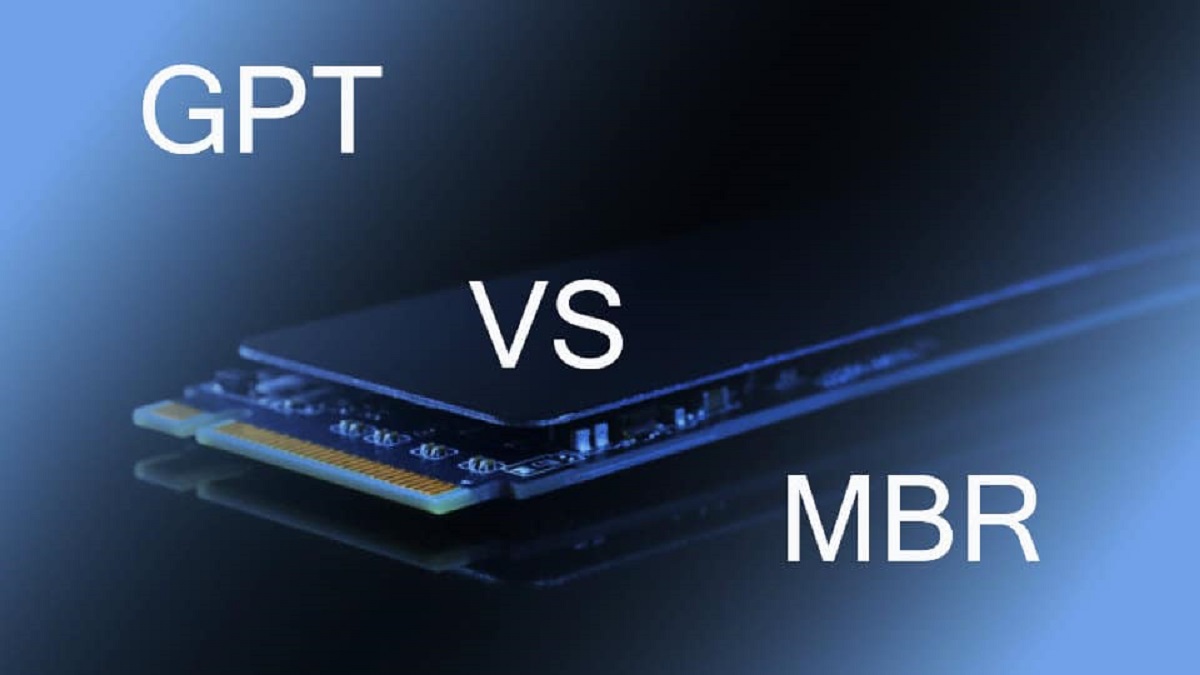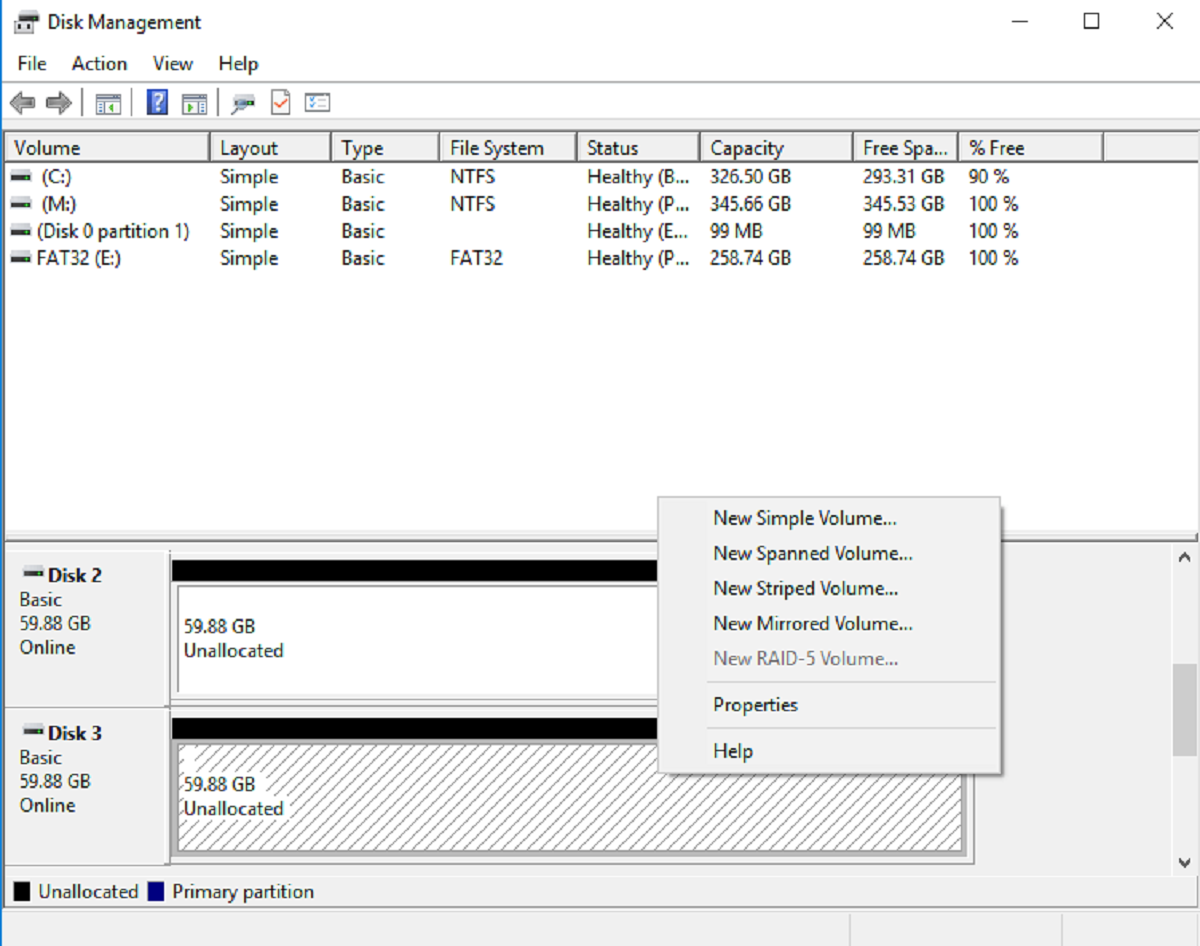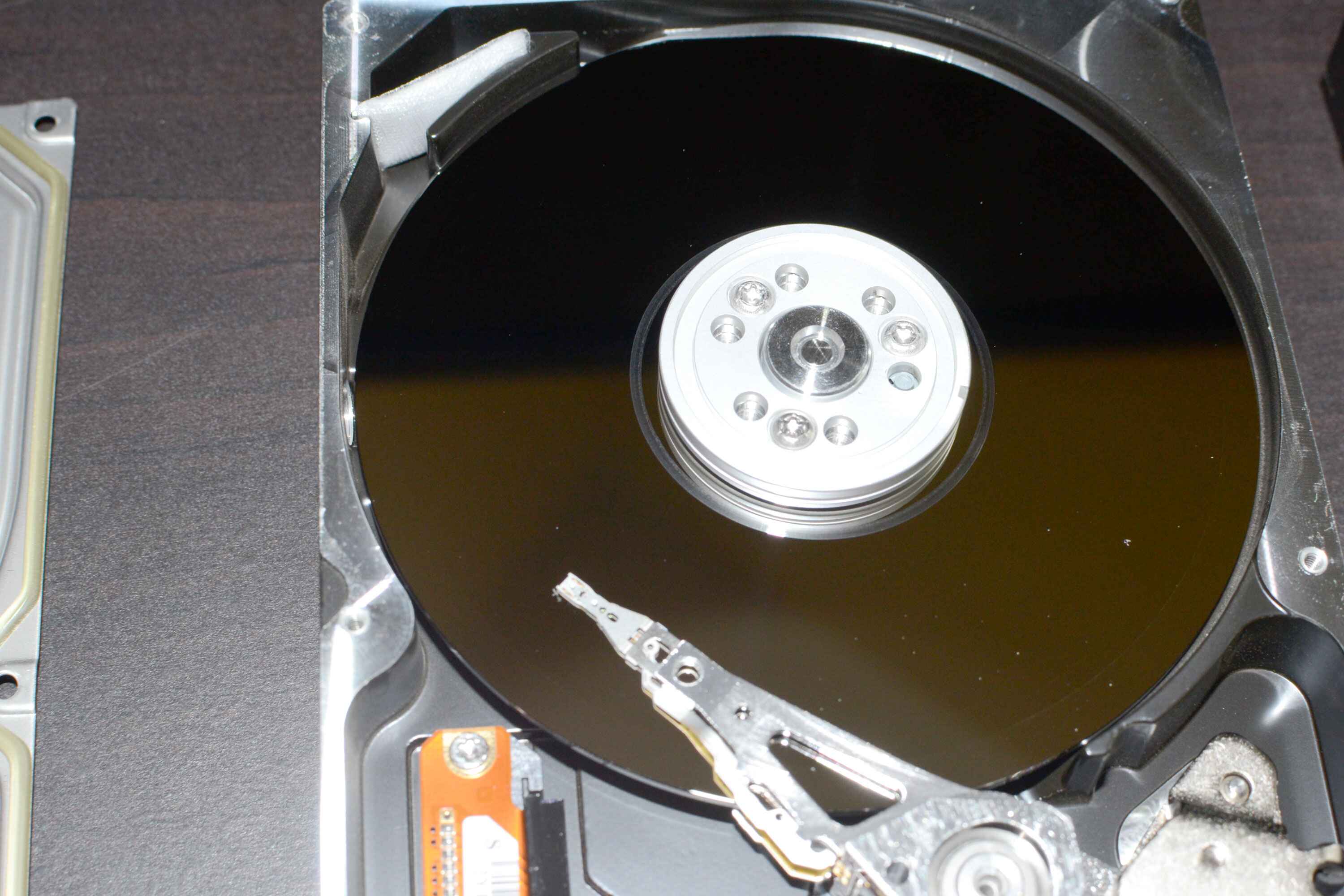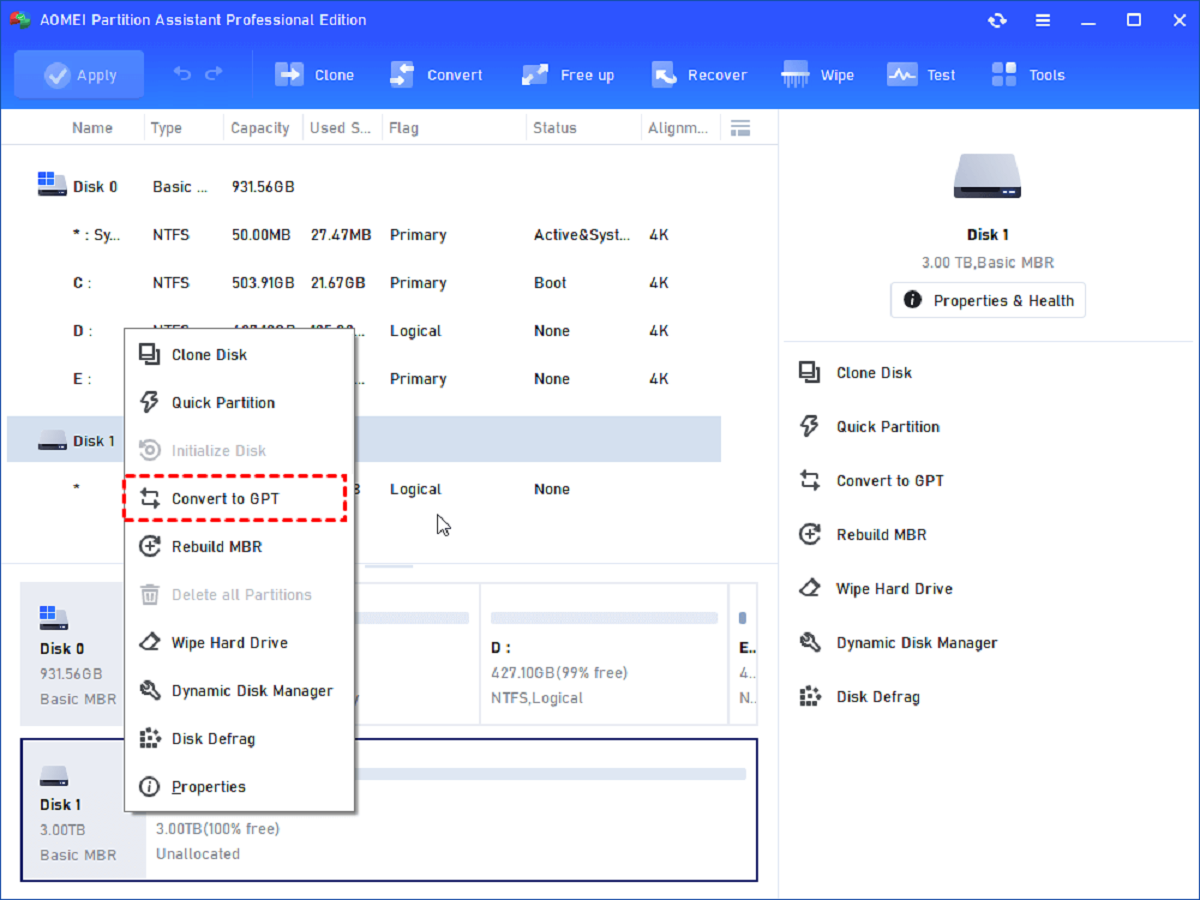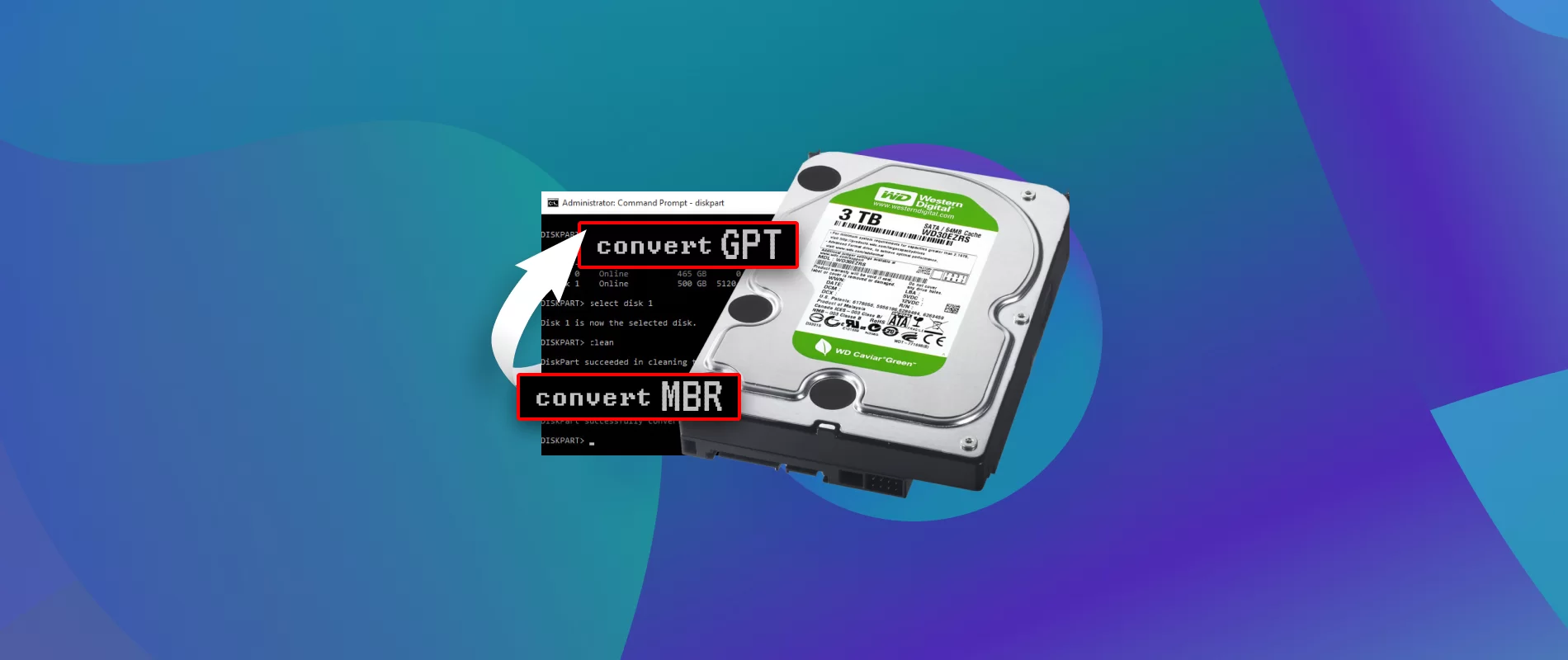Introduction
When it comes to hard disk drives (HDD), the Master Boot Record (MBR) has long been the standard partitioning scheme used to divide the drive into different sections. These sections, known as partitions, function as separate storage spaces that allow users to organize and manage their data more efficiently. However, the number of primary partitions that can be created using the MBR partitioning scheme is limited.
In this article, we will explore the concept of primary partitions and delve into the limitations imposed by using the MBR partitioning scheme on a hard disk drive. We will also discuss the factors that can affect the maximum number of primary partitions that can be identified within an MBR-based HDD.
Understanding the nature of primary partitions and their limitations is crucial for individuals who work with IT infrastructure or for those who need to manage and allocate disk space effectively. By gaining insight into the constraints of the MBR partitioning scheme, users can make informed decisions on how to best utilize their hard disk drive’s storage capacity.
So, let’s dive in and explore the maximum number of primary partitions that can be identified by a standard MBR-based hard disk drive.
Overview of MBR-based Hard Disk Drives
The Master Boot Record (MBR) is a widely used partitioning scheme for organizing data on hard disk drives. It is a special boot sector located at the very beginning of the drive, containing essential information to boot the operating system and manage the partitions. MBR-based HDDs have been the standard for many years, although they are gradually being replaced by the newer GUID Partition Table (GPT) scheme.
MBR-based hard disk drives use a partition table that can hold up to four primary partitions. These primary partitions are used to allocate separate storage spaces on the drive, where each partition can be regarded as an independent logical drive. Each partition is identified by a unique identifier known as a partition table entry, which provides information about the partition, such as its starting location, size, file system type, and more.
One of the benefits of using an MBR-based HDD is its compatibility with older operating systems and firmware. The MBR partitioning scheme is supported by most operating systems, including Windows, macOS, and Linux, making it a widely accessible option for users.
However, MBR-based HDDs have certain limitations. The foremost limitation is the maximum number of primary partitions that can be created. Since the partition table in an MBR can hold up to four entries, only four primary partitions can be defined on a drive using the MBR scheme. This limitation can pose challenges when there is a need to create more than four partitions, such as in cases where multiple operating systems need to coexist on the same drive, or when separate partitions are required for backup or data storage purposes.
It is important to note that the MBR scheme allows for additional partitions called extended partitions. An extended partition can be created within one of the primary partitions and can in turn hold multiple logical drives. By utilizing extended partitions, users can overcome the constraint of having only four primary partitions. However, there are still limits on the total number of partitions that can be created within the extended partition.
In the next sections, we will explore the maximum number of primary partitions that can be identified by a standard MBR-based hard disk drive and the factors that affect this limit.
What is a Primary Partition?
A primary partition is a section of a hard disk drive (HDD) that is designated as a separate storage space. It is the basic unit of organization within the MBR partitioning scheme. Primary partitions serve as independent logical drives, each with its own file system and data storage capacity.
Typically, on an MBR-based HDD, up to four primary partitions can be created. These partitions are defined in the MBR’s partition table, which is located in the MBR’s boot sector. Each primary partition is represented by a unique entry in the partition table, which contains information such as the start and end sectors of the partition, the partition type, and other details.
Primary partitions enable users to separate and manage data efficiently. For example, users may choose to have one primary partition for the operating system, another for programs and applications, and additional partitions for personal files, media, or specific projects. This segregation allows for easier organization and improves system performance, as it reduces file fragmentation and optimizes disk read/write operations.
Primary partitions can also provide the ability to multiboot different operating systems on a single hard drive. By creating separate primary partitions for each operating system, users can have the flexibility to choose which operating system to boot into during system startup.
It is important to note that primary partitions are different from extended partitions and logical drives. While primary partitions are independent units, extended partitions are like containers that can hold multiple logical drives within them. Additionally, extended partitions can be created within one of the primary partitions to overcome the limitation of having only four primary partitions.
Overall, primary partitions play a vital role in managing and organizing data on an MBR-based HDD. They provide the framework for dividing the disk into separate storage spaces, allowing users to allocate storage according to their specific needs and requirements.
Limitations of MBR
The Master Boot Record (MBR) partitioning scheme, while widely used for many years, does have its limitations. These limitations primarily stem from the MBR’s 16-byte partition table entry structure and the need to provide backward compatibility with older systems.
One of the primary limitations of the MBR scheme is its support for a maximum of four primary partitions per hard disk drive (HDD). Because the partition table is only 64 bytes in size, each primary partition entry takes up 16 bytes. This limitation means that users can only create and use four separate primary partitions in total on an MBR-based hard drive.
Another limitation of the MBR scheme is related to the maximum disk size that it can handle. The MBR uses a 32-bit addressing system, which limits the maximum addressable disk size to 2 terabytes (TB). In other words, if the HDD exceeds this size, the MBR will not be able to address the entire disk capacity, leading to wasted or unusable space. This can be problematic for modern high-capacity HDDs that exceed the 2 TB threshold.
Furthermore, the MBR scheme also has limitations regarding the type of file systems it supports. While it can handle popular file systems such as FAT, FAT32, and NTFS, it may encounter difficulties recognizing or properly functioning with newer file systems, such as exFAT or other alternative file systems specifically developed for certain operating systems or specialized hardware.
The MBR limitations mentioned above have prompted the development and adoption of the GUID Partition Table (GPT) scheme. GPT addresses these limitations by utilizing a larger partition table structure, allowing for a virtually unlimited number of partitions and supporting disk sizes well beyond the 2 TB limit of MBR. GPT is becoming the preferred partitioning scheme for modern systems that require larger disks and more flexible partitioning options.
In summary, while the MBR partitioning scheme served as the standard for many years and remains compatible with various operating systems, it does have inherent limitations. These limitations include the restriction on the number of primary partitions and disk size capacity, as well as potential difficulties with newer file systems. As technology advances and HDD capacities increase, the industry is shifting towards the more versatile GPT scheme to overcome these limitations and provide greater flexibility in disk management.
Determining the Maximum Number of Primary Partitions
The maximum number of primary partitions that can be identified by a standard MBR-based hard disk drive (HDD) is determined by the limitations imposed by the MBR partitioning scheme. As mentioned previously, the MBR allows for a maximum of four primary partitions per drive.
To determine the current number of primary partitions on an MBR-based HDD, you can examine the partition table within the MBR’s boot sector. This can be done using disk management tools provided by the operating system, such as Disk Management in Windows or Disk Utility in macOS.
If you have not yet created any primary partitions on your HDD, the partition table will be empty, and you will have the full capacity of the drive available for partitioning.
However, if you have already created primary partitions, the partition table will contain entries for each of the primary partitions that have been defined. These entries will specify the starting location, size, and other information about each partition.
By counting the number of primary partitions listed in the partition table, you can determine the current utilization of primary partitions on your HDD. If the number is less than four, you have available slots to create additional primary partitions. However, if the number is already at four, you have reached the maximum number of primary partitions allowed by the MBR scheme.
It’s important to keep in mind that the maximum number of primary partitions is a fixed limitation of the MBR partitioning scheme. If you need to create more partitions than the maximum allowed, you will need to consider other alternatives, such as utilizing extended partitions or migrating to the newer GUID Partition Table (GPT) scheme.
Additionally, it’s worth mentioning that when working with extended partitions, you can create multiple logical drives within a single extended partition. These logical drives act as separate storage spaces and can be used to expand the number of available partitions beyond the four primary partition limit. However, there is still an inherent limit to the total number of partitions that can be created within an extended partition.
By understanding the limitations of the MBR scheme and knowing how to determine the current number of primary partitions on your HDD, you can effectively manage and allocate your disk space based on your specific needs and requirements.
Factors Affecting the Maximum Number of Primary Partitions
Several factors can affect the maximum number of primary partitions that can be identified by a standard MBR-based hard disk drive (HDD). Understanding these factors can help users plan and optimize their disk partitioning strategy. Here are the key factors to consider:
1. MBR Partition Table Size: The MBR partition table has a fixed size of 64 bytes. Each primary partition entry within the table requires 16 bytes. Therefore, the maximum number of primary partitions that can be accommodated is determined by the total available space within the partition table.
2. Partition Alignment: Disk partitions are typically aligned on specific boundaries to optimize performance. However, the alignment requirements can consume additional space within the partition table, which reduces the number of primary partitions that can be created. The alignment requirements vary depending on the operating system and file system being used.
3. Size of Partitions: The size of each primary partition directly affects the maximum number of partitions that can be created. Larger partitions consume more space within the partition table, limiting the available room for additional partitions. Therefore, creating smaller-sized partitions can potentially increase the number of primary partitions that can be defined.
4. Compatibility with Legacy Systems: The MBR scheme was designed to be compatible with older systems and firmware. As a result, it incorporates certain limitations to ensure backward compatibility. These limitations can impact the maximum number of primary partitions, as the MBR structure allocates a significant portion to the boot code and partition tables.
5. Use of Extended Partitions: The MBR scheme allows for the creation of extended partitions within one of the primary partitions. An extended partition acts as a container for logical drives, which can be used to extend the available partition count beyond the four primary partition limit. However, keep in mind that there is still an overall limit to the total number of partitions that can be created within the extended partition.
Considering these factors will allow users to make informed decisions when determining the maximum number of primary partitions for their MBR-based HDD. It’s important to strike a balance between the desired number of partitions, their sizes, alignment requirements, and the necessity to remain compatible with legacy systems if required.
For users who find the maximum number of primary partitions insufficient for their needs, transitioning to the newer GUID Partition Table (GPT) scheme is recommended. GPT offers greater flexibility, removes many of the MBR limitations, and allows for a virtually unlimited number of partitions to be defined.
Partitioning Schemes and Extended Partitions
Partitioning schemes play a significant role in organizing and managing disk space on hard disk drives (HDDs). In the context of the Master Boot Record (MBR) partitioning scheme, the ability to create extended partitions provides a way to overcome the limitation of having only four primary partitions.
While the MBR scheme allows for a maximum of four primary partitions, it also supports extended partitions. An extended partition is a special type of primary partition that can serve as a container for multiple logical drives. By creating an extended partition within one of the four primary partitions, users can effectively expand the number of available partitions on their MBR-based HDD.
Once the extended partition is created, logical drives can be defined within it. Each logical drive functions as an independent storage space, with its own file system and data storage capacity. Users can create as many logical drives as desired, as long as the total number of partitions (both primary and logical) does not exceed the overall limit imposed by the MBR structure.
One advantage of utilizing extended partitions is the flexibility in managing disk space. Instead of being limited to only four primary partitions, users can create an extended partition and allocate logical drives based on their specific needs. For example, individual logical drives can be dedicated to separate projects, data storage, or specific purposes like system backups.
It’s important to note that logical drives within an extended partition do not have the same bootability as primary partitions. Only primary partitions can be marked as active, allowing them to be bootable and serve as the starting point for the operating system when the computer boots up.
Furthermore, extended partitions must be located within one of the four primary partitions allocated by the MBR scheme. This means that creating an extended partition will reduce the available space for primary partitions, potentially impacting the number and size of primary partitions that can be defined.
As technology has advanced and disk capacities have increased significantly, the newer GUID Partition Table (GPT) scheme has gained prominence. The GPT scheme does not include the concept of extended partitions and supports a much larger number of partitions compared to MBR. GPT also allows for larger disk sizes beyond the 2TB limit of MBR and offers additional features for better data integrity and recovery.
In summary, extended partitions provide a means to expand the number of partitions on an MBR-based HDD beyond the limit of four primary partitions. By creating an extended partition and defining logical drives within it, users can effectively manage and organize their disk space. However, as technology evolves, transitioning to the GPT scheme offers more flexibility and advantages, especially for users who require larger disk sizes and a greater number of partitions.
Summary
In this article, we explored the concept of primary partitions and the limitations imposed by the Master Boot Record (MBR) partitioning scheme on a hard disk drive (HDD). We learned that the MBR scheme allows for a maximum of four primary partitions on an HDD, which may not be sufficient for certain use cases.
We discussed how primary partitions function as separate storage spaces on the HDD, providing an organized and efficient way to manage data. Each primary partition is represented by a unique entry in the MBR’s partition table, containing information about the partition’s location, size, file system, and more.
Additionally, we examined the limitations of the MBR scheme, including the constraint on the maximum number of primary partitions and the 2TB disk size limit. We discussed how these limitations prompted the development and adoption of the more advanced and versatile GUID Partition Table (GPT) scheme.
We also explored the factors that affect the maximum number of primary partitions, such as the size of the partition table, alignment requirements, and the use of extended partitions. We learned that extended partitions provide a way to expand the number of partitions beyond the four primary partitions by creating logical drives within an extended partition.
Lastly, we discussed the availability of alternative partitioning schemes, such as GPT, which offer greater flexibility, support for larger disk sizes, and a virtually unlimited number of partitions.
Understanding the limitations and options available for partitioning schemes is essential for effectively managing and optimizing disk space on hard disk drives. Whether utilizing the MBR scheme with its limited primary partitions or transitioning to the more advanced GPT scheme, users can make informed decisions based on their needs and requirements.
By considering factors such as partition size, alignment, compatibility with legacy systems, and the use of extended partitions, users can effectively allocate and manage their disk space to meet their storage and organizational needs.









